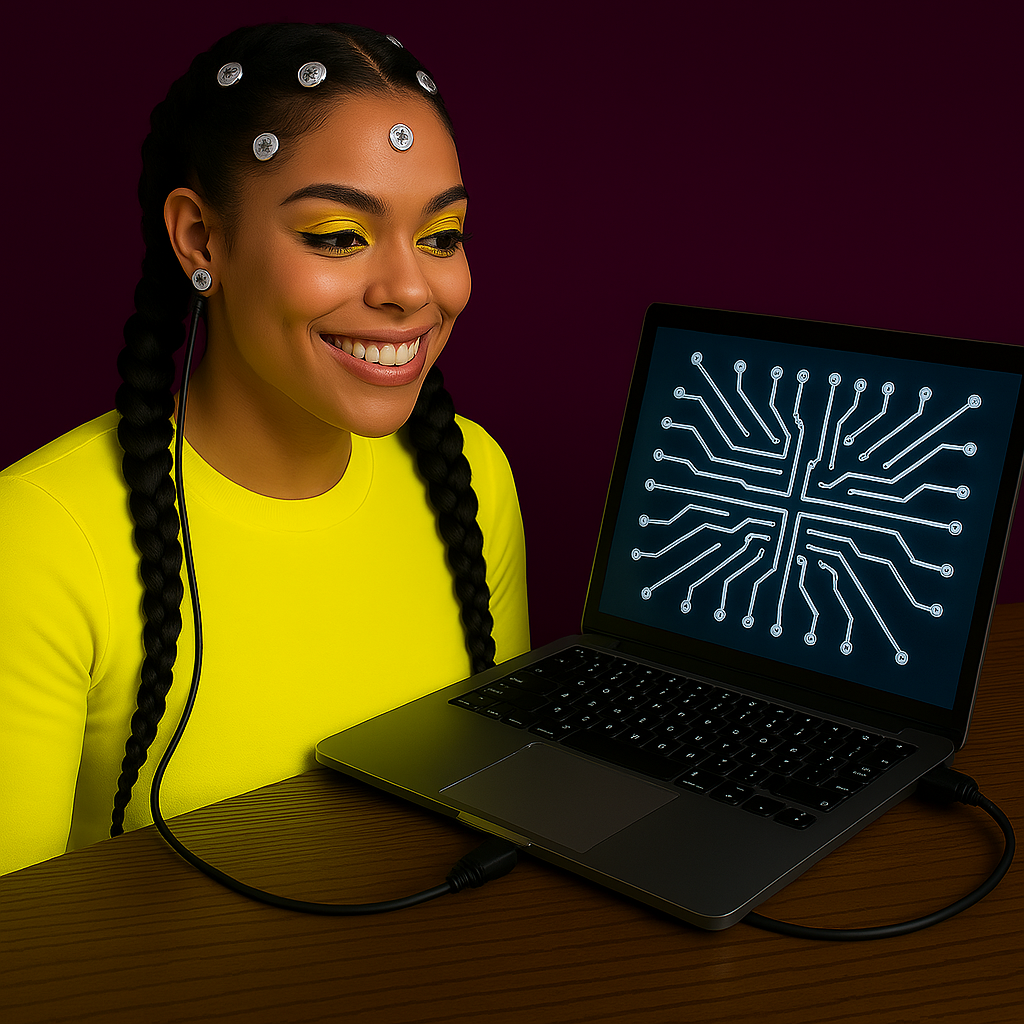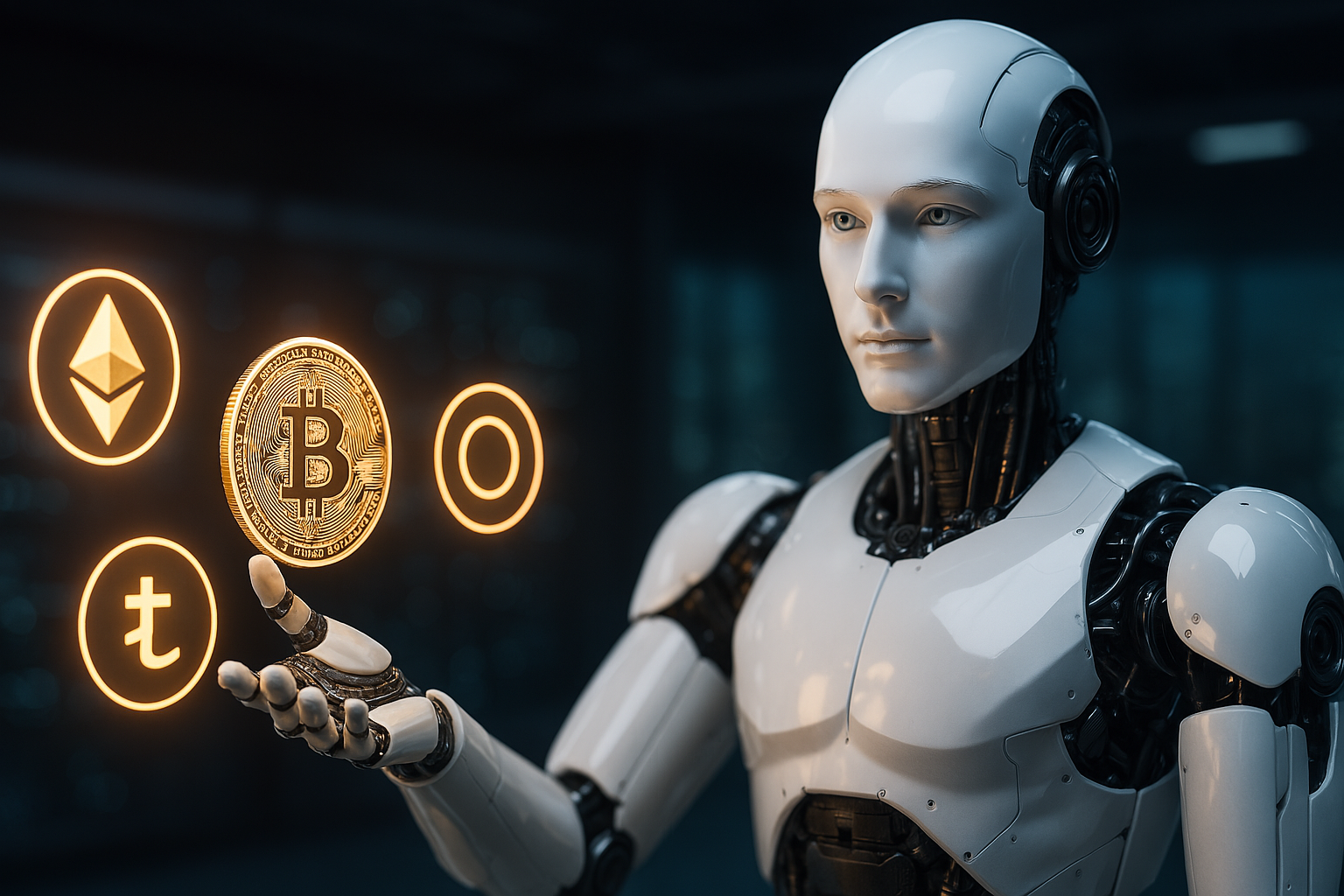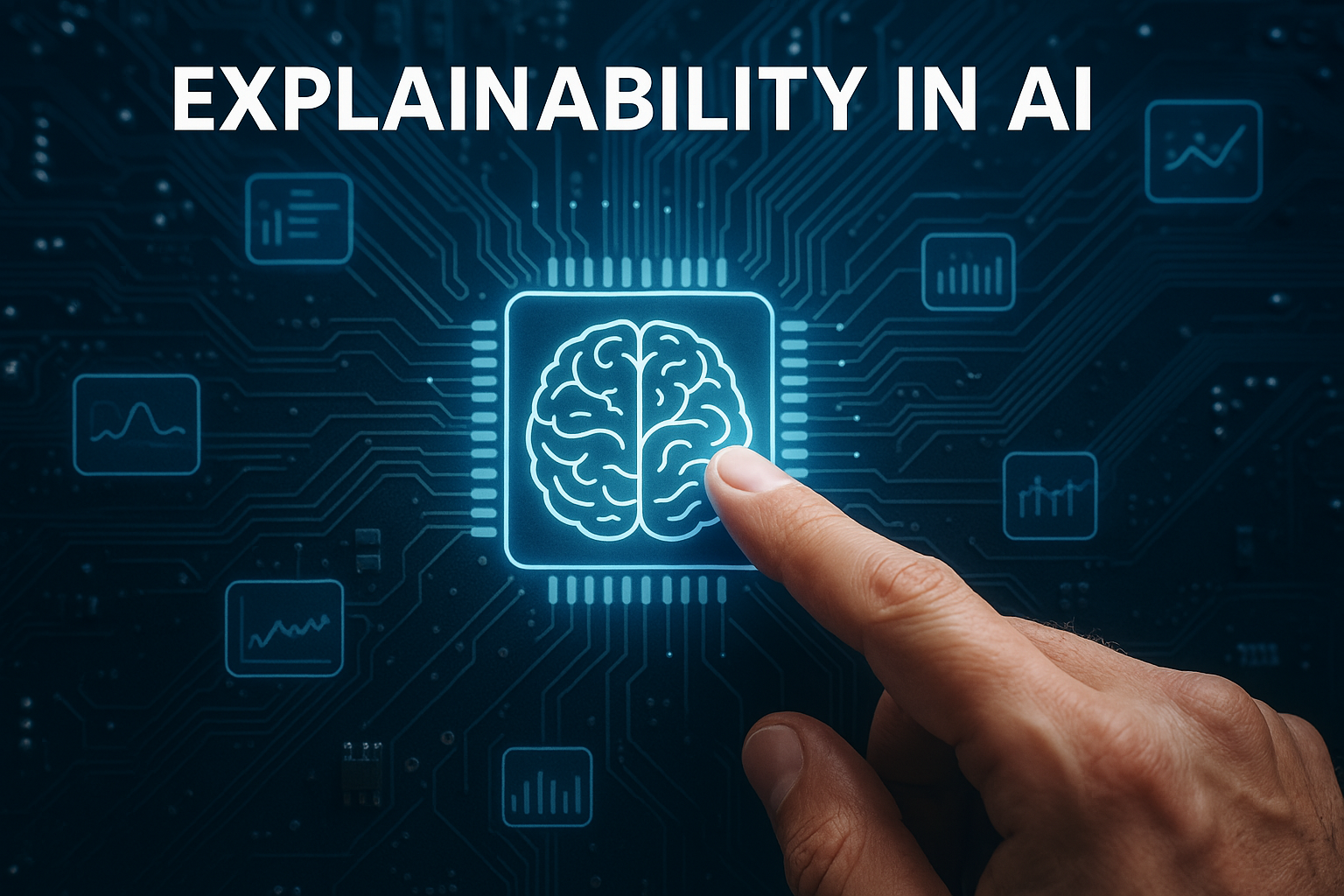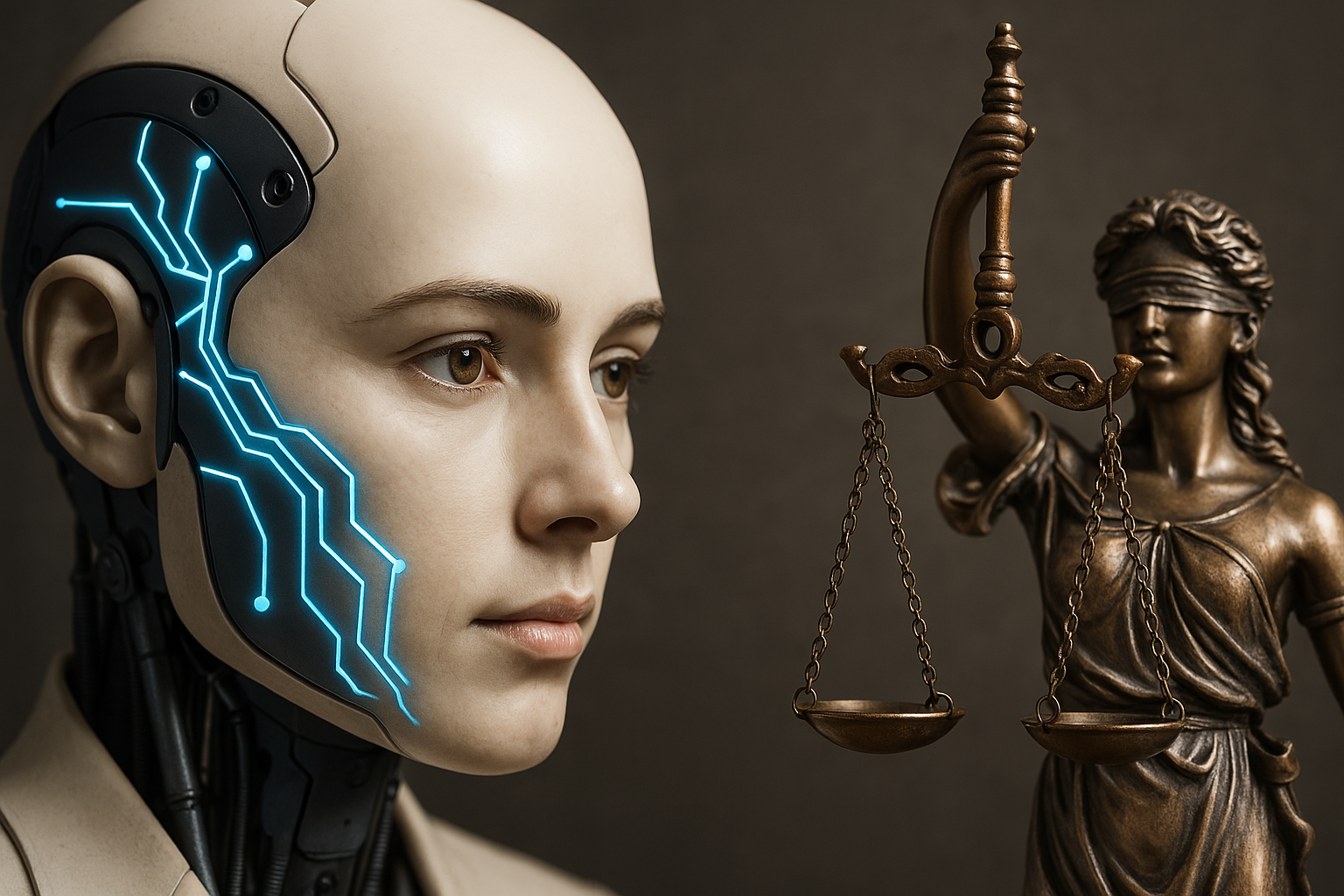Category: Info
-

Non-Invasive Brain-Computer Interfaces: EEG, MEG, and fNIRS for Real-Time Thought Decoding in AI and Robotics
Brain-computer interfaces (BCIs) create a direct communication pathway between the human brain and external devices. By decoding neural activity into signals that can control computers, robots, or other systems, BCIs allow “thoughts” to be translated into actions or communication in real time. BCIs have enormous potential for assisting people with paralysis or neurodegenerative diseases in…
-

Predictive Modeling
Definition and Overview Predictive modeling in the context of artificial intelligence (AI) is the process of using historical data and statistical algorithms (often powered by machine learning) to build models that can forecast future outcomes or unknown events. In simpler terms, a predictive model learns patterns from past data and predicts likely future behavior or…
-

The Role of Cryptocurrency in the AI and Robotics World
Introduction Cryptocurrencies and blockchain technology are increasingly intersecting with artificial intelligence (AI) and robotics, creating a symbiotic relationship that is reshaping how these systems operate. On one hand, blockchain provides decentralized infrastructure, security, and a built-in economic layer for AI and robotic applications. On the other, AI can enhance blockchain networks and enable smarter automation…
-

Hallucination in AI
In the field of artificial intelligence (AI), hallucination refers to a phenomenon where an AI system generates output that appears plausible and confident but is actually false, nonsensical, or unsupported by reality). In other words, the AI is effectively “making things up” – providing information or details that were never in its training data or…
-

Explainability (in AI)
Definition Explainability in artificial intelligence (AI) refers to the ability of an AI system or model to make its functioning and decision-making processes understandable to humans. In essence, an explainable AI system can provide clear reasons or justifications for its outputs, allowing people to comprehend how and why a particular decision or prediction was made.…
-

Training Data (Artificial Intelligence)
Training data refers to the dataset used to teach an AI or machine learning model how to recognize patterns, make predictions, or take actions. It is the foundational information that the model learns from, enabling it to gradually improve its performance on a given task. In essence, these are example data points (which can be…
-

AI Ethics
AI Ethics refers to the field of study and set of practices concerned with the moral principles and societal implications governing the development and use of artificial intelligence (AI) technologies. In essence, AI ethics seeks to ensure that AI systems are designed and deployed in ways that are beneficial, fair, and accountable, while minimizing harm…
-

AI Alignment
AI Alignment refers to the process of ensuring that artificial intelligence (AI) systems act in accordance with human values, goals, and ethical principles. In essence, an aligned AI is one that reliably does what we intend it to do and behaves in ways that are beneficial (or at least acceptable) to humans, rather than pursuing…

